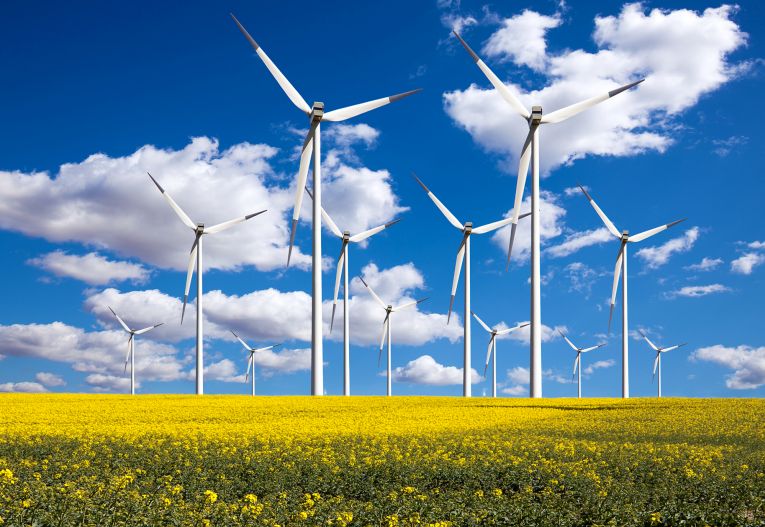A new report has shown that Africa received only 2% – equivalent to $60 billion – of the $2.8 trillion of renewable energy finance that was invested globally between 2000 and 2020, leading to questions as to how renewables cash can be more equitably distributed.
Published in April by the International Renewable Energy Agency (IRENA) and Climate Policy Initiative (CPI), the report said that in 2022, global investments in energy transition technologies reached $1.3 trillion despite the prevailing macroeconomic, geopolitical, and supply chain challenges.
Titled Global Landscape of Renewable Energy Finance 2023, the report also revealed that the current pace of investment is insufficient to put the world on track towards meeting climate or socioeconomic development goals. It noted that the current pace of investment in renewable energy is insufficient, with a call for annual investments to at least quadruple.
“Keeping the world on track to achieving the energy transition in line with the 1.5°C Scenario laid out in IRENA’s World energy transitions outlook 2022 will require annual investments of USD 5.7 trillion on average between 2021 and 2030, and USD trillion 3.7 between 2031 and 2050,”the report said.
Read also: Wildfire kills 21 in Urals, Siberia
According to the report, Africa continues to receive comparatively low investments despite the continent’s enormous potential and energy needs. Only 15% of global investments went to roughly 70% of the world’s population who live largely in developing and emerging nations. For instance, less than 1.5% of the total amount invested internationally between 2000 and 2020 went to Sub-Saharan Africa.
Furthermore, the report showed that in 2015, the “amount invested in renewable energy per person in Europe and North America (apart from Mexico) was almost 22 times greater than in Sub-Saharan Africa. In 2021, European investment per person was 127 times more than Sub-Saharan Africa and 179 times higher in North America.
It showed that of the USD 2.8 trillion invested in renewable energy globally between 2000 and 2020, only 2% – equivalent to USD 60 billion, excluding large hydropower – went to Africa, despite the continent’s enormous potential and needs.
However, the report also showed that 75% of the investments made between 2010 and 2020 went to just four countries: South Africa, Morocco, Egypt and Kenya. These countries offer relatively favourable risk-return profiles owing to their policy and institutional environment, regulations, access to finance and market characteristics (e.g. size, prospects and stability).
Conside1ring African regions, the report noted North Africa was the second-largest recipient of renewable energy finance investments on the continent during 2000-2020, after South Africa.
“Morocco and Egypt received the majority of funding (47% and 45%, respectively), primarily for solar PV (57%) and onshore wind (22%),”the report showed. “The North African region benefits from greater private sector participation than is seen elsewhere on the continent. In 2020, private actors provided 65% of all renewable energy finance in North Africa, up from only 11% in 2013.”
The report also revealed that the share of global renewable energy finance investments going to Sub-Saharan Africa remains small. The region received less than $41 billion cumulatively during 2000-2020 – that is, less than 1.5% of the amount invested globally during that period.
It also revealed that Investments in the region “dropped considerably in 2021, to one-quarter of what they were in 2020 (from USD 4 billion to less than USD 1 billion), despite the fact that the world emerged from the pandemic supposedly recognising the critical role energy plays in enabling health care, sanitation, telecommunications and resilient livelihoods.
Story was adapted from Gas Outlook.
